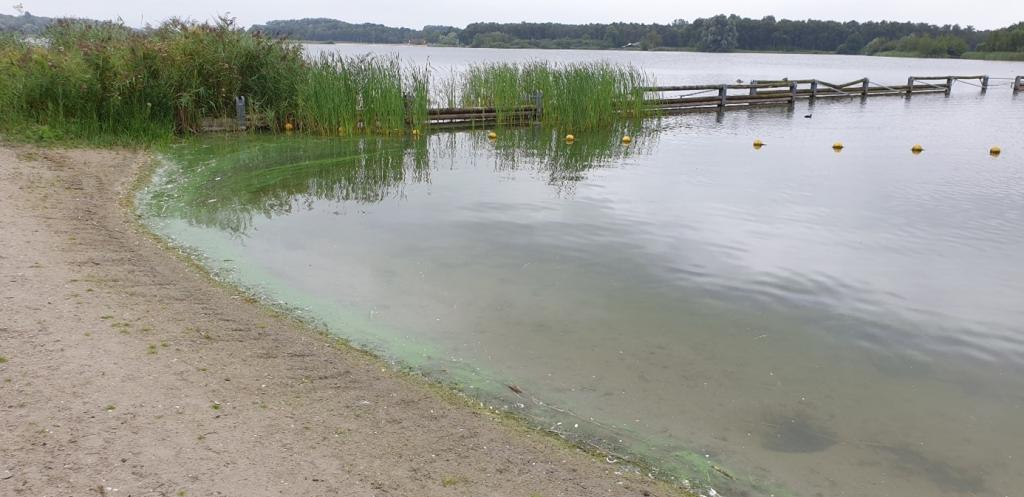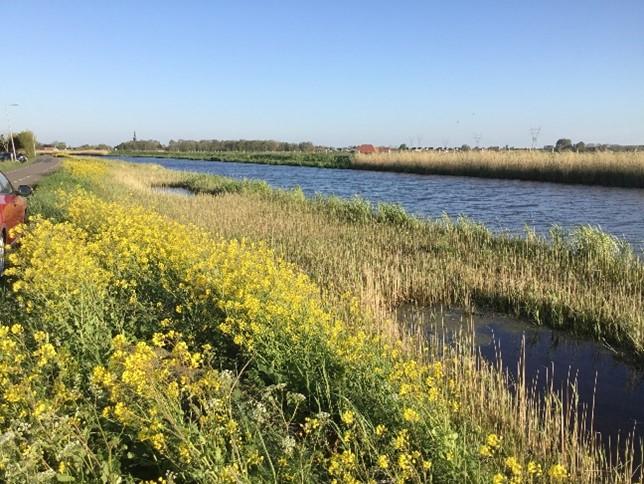Monitoring and research
We continually conduct water quality research. This allows us to properly understand the ecological system in our area and take better measures in places where the water quality is not good. You can read the most important results in the annual monitoring report.
Water system analyses
Over the past few years, we have done extensive water system analyses. The main report explains more about the different parts such as history, land use, the water system and ecology. Hollands Noorderkwartier is divided into 51 areas all described in 7 sub-reports; Boezemwateren, Polders Texel, Wieringerland, West-Friesland, Kennemerland, Laag-Holland and the Dune Areas. Current water quality, bottlenecks and possible measures are also discussed in these reports for each area.
Water quality monitoring
The current water quality is determined from measurements we take each year. For the Water Framework Directive (WFD) we monitor for ecological and chemical goals throughout our management area. For the ecological goals, we check the water for the presence of algae, aquatic plants, small aquatic animals and fish. We also look at other characteristics of the water such as phosphate and nitrogen content, oxygen concentration, salinity, acidity and transparency. The chemical WFD targets relate to 45 hazardous and toxic substances (priority substances) and 77 so-called "specific pollutants. During monitoring, we examine whether these substances are present in surface water and if they are present whether they meet the legal standard.
In addition, there is separate monitoring of plant protection products at locations near various types of crops, such as bulbs and arable farming but also in urban and natural areas. This monitoring is for our own insights and enforcement, but partly also for the National Measuring Network for Plant Protection Products and the Pesticide Atlas.
All the data we collect for both types of monitoring can be found on the Aquadesk website , which can be viewed by anyone after free registration.
Bathing water
Together with the laboratory Stichting Waterproef, we ensure that the 31 official swimming locations in our waters are sampled monthly for swimming water parameters. These include blue-green algae, which can be toxic, and various bacteria including E-coli. We also measure transparency, temperature, pH, etc. All of these things affect the quality of swimming water.
The official swimming locations are identified by large blue signs at the outdoor swimming area and can also be found on the website www.zwemwater.nl . Here records are kept of what has been measured and the results of the measurements. For more information, see the Bathing Water page.

Monitoring nature-friendly banks
By the end of 2027, all surface water in the Netherlands must meet the objectives of the WFD. The construction of nature-friendly banks (nvo's) is one of the measures we use as water managers to promote water quality. Now the question is: how much does the construction of nvo's contribute to meeting these objectives? To monitor the effects on aquatic critters (macrofauna) and plants (macrophytes), the NVO monitoring network was set up in 2014 that includes 40 NVOs scattered throughout our management area.
Compared to the baseline measurement, the last measurement year at the same location gives a very positive picture. The number of plant species and the number of aquatic critters (macrofauna taxa) found has increased on more than 90% of the NPOs. Even though not all the NHPs meet the water quality objectives of the WFD; the construction of NHPs does contribute to a higher score at most locations. So far, the construction of the NPOs has thus had a greater effect on the increase in the number of species than on the WFD score. Monitoring shows that the construction of NVOs is at least contributing positively to biodiversity (see article or comprehensive report).

Ecoscans urban water
In addition to regular monitoring, we conduct an annual Ecoscan of urban water in one or more municipalities. For example, we examine and assess all water within built-up areas and all primary watercourses outside built-up areas for Ecology Shoreline, Ecology Water and Experience. An Ecoscan is an assessment of sections using Stowa's ecological assessment system for urban waters. We take a vegetation survey for each stretch and note the cover, vegetation structure, and morphological and hydrological characteristics. Each stretch is rated in five class levels, from good to poor, for the characteristics Experience, Ecology Shoreline and Ecology Water. If you would like to know more about Ecoscans urban water, please contact us.
Research
Knowledge is of great importance to a regional water manager. In the rapidly changing world, despite the wide and easy dissemination of knowledge, it is still very important to have the correct and up-to-date knowledge yourself, to be able to fathom and apply it. This is why we have long been committed to conducting applied research. In the field of water quality, this relates, for example, to new measuring techniques (see below), greenhouse gas emissions, passive sampling and effect analysis of aquathermy, for example. Also the arrival of (invasive) exotic species and a good approach for when these species cause problems are closely monitored, see for example the page Crayfish.
eDNA
We monitor surface waters to gain insight into the ecological status of a water and to find starting points for improving this status. In recent years several promising new monitoring methods using environmental DNA (eDNA) have been developed. We closely follow this new development and are affiliated with several pilots and research projects such as TKI DNA Diatom Biosensor and eDNA food web analyses for system understanding and condition assessment.
Aquathermy
Water boards can contribute to the energy transition by making surface water and wastewater "available" for heat extraction. This makes use of proven techniques such as heat exchangers, heat transport and Thermal Storage (WKO). Relatively new is the link with water systems managed by water boards. This leads to a need for new frameworks and preconditions within which extractions can take place. Collaborative research is being conducted into the effects of heat extraction from different types of water bodies. In particular, the effect of temperature changes on ecological factors plays an important role. For smaller watercourses, the necessary flow can also set boundary conditions for the possibilities for extraction. The research should lead to clear frameworks for the application of aquathermy. For more information, see the Aquathermie page.